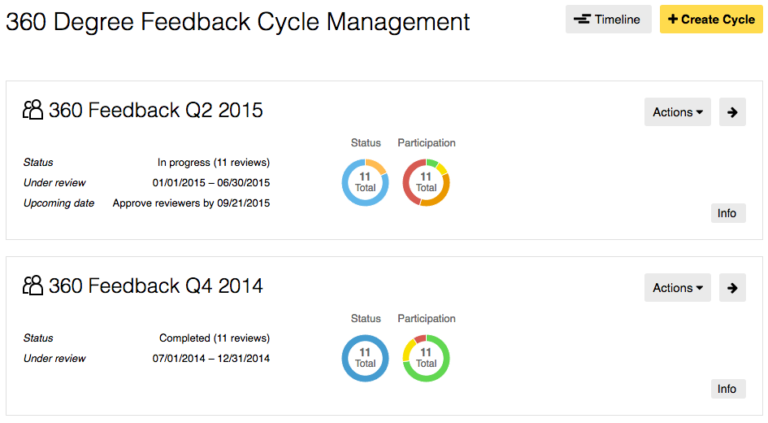Recognizing a coworker for a job well done is one of the lowest-cost, highest-value ways to improve company culture. Praise has been shown time and again to be an incredibly effective way to motivate employees – even more effective than a financial reward. Yet if employee recognition is so simple, why isn’t it in ingrained in every manager’s behavior? And why isn’t it a part of every company culture?
We asked HR directors from three successful Berlin startups (Marley Spoon, Door2Door, and GetYourGuide) for their tips on implementing a sustainable employee recognition program. We boiled their advice down into four takeaways that HR managers can immediately use to get their teammates praising.
Praise in public
Yes, you should almost always praise in public. All three of the HR Managers we asked agreed you get exponentially more value out of a public praise than a private one. This rule of thumb was further supported in Kim Scott’s book “Radical Candor,” where she argues that the benefits of public praise go beyond just an ego boost for the praisee.
According to Scott, “When you share specifically what was great and why it was great publicly, not only does it have more meaning for the person being praised, it helps the whole team learn something new.”
Reinforcing desired behavior helps to strengthen desired culture change. And don’t forget the motivation factor as well. Adam Miszta, Former People Operations Manager at Marley Spoon, said public praise helps spur employees to strive for greatness, rather than always settling for the “low-hanging fruit.”
“Praising is motivating,” Miszta said. “If you do good work and someone praises you in public, that just motivates you to do more, to do even better.”
One example of an effective public praise comes from the sports world. Denver Broncos star linebacker Von Miller, the MVP of Super Bowl 50, crashed a 2017 team employee recognition event in order to personally offer his thanks for their work. He noted the team couldn’t achieve peak performance if it wasn’t for the tireless efforts of groundskeepers, stadium workers, and equipment managers.
By taking his praise public, Miller amplified the behind-the-scenes work of those who go largely unnoticed by everyday football fans.
Take employee recognition to where your employees are
A praise that’s theoretically public but not seen doesn’t help – for example, a post on the company intranet. Consider giving praise in a larger team meeting or an all-hands. Or post it in a commonly used communications channel like your chat tool or on a screen on your office wall.
By praising an employee in Slack or in Small Improvements, it immediately pops up in a dedicated Slack Channel. Thus, the entire company can see and celebrate it. Or for even more exposure, you can set up a Praise Wall to have them broadcasted in office common areas over big screens.
Erika Enberg, former VP of Talent at Door2Door, said Slack was the clear driver in the company’s active praising culture.
“It just creates a culture where Praises are happening all the time,” Enberg said. “You see people praising each other on a daily basis. And it makes our employees feel good about the work that they’re doing.”
Buy in from the top level
One of the reasons GetYourGuide was able to get employees praising each other quickly was due to the CEO’s participation. Once employees saw the CEO firing off Praises in Slack, enthusiasm spread quickly across the company.
So if you’re an HR manager looking to increase employee recognition, ask your leadership team to get involved.
“Sometimes you need to encourage people to Praise,” Franziska Dippel, HR Team Leader from GetYourGuide, said. “And it always helps to have a role model.”
Just do it
It sounds painfully obvious, but if you want to get the ball rolling on employee recognition then you need to walk the talk and personally start recognizing some employees for their accomplishments. Formal “Employee of the Month” programs have their benefits, but a simple “thank you” also carries plenty of weight.
The key is to not overthink it.
“There is no master praise,” admitted Dippel. “If you want to say thank you to somebody, just do it.”
So what’s a simple praise? How about just appreciating the people you share a desk/office with? Impressed with the work your coworker did on a joint project? Then take a minute at the next All-Hands to recognize their extra effort.
While it might at first feel forced or uncomfortable to give a verbal or written pat on the back to your fellow employees, the benefits are undeniable – and it’s extremely low effort compared to most performance management activities, like writing a review. We bet you have a coworker who’s done something praise-worthy recently. Why not go give them a compliment right now?



